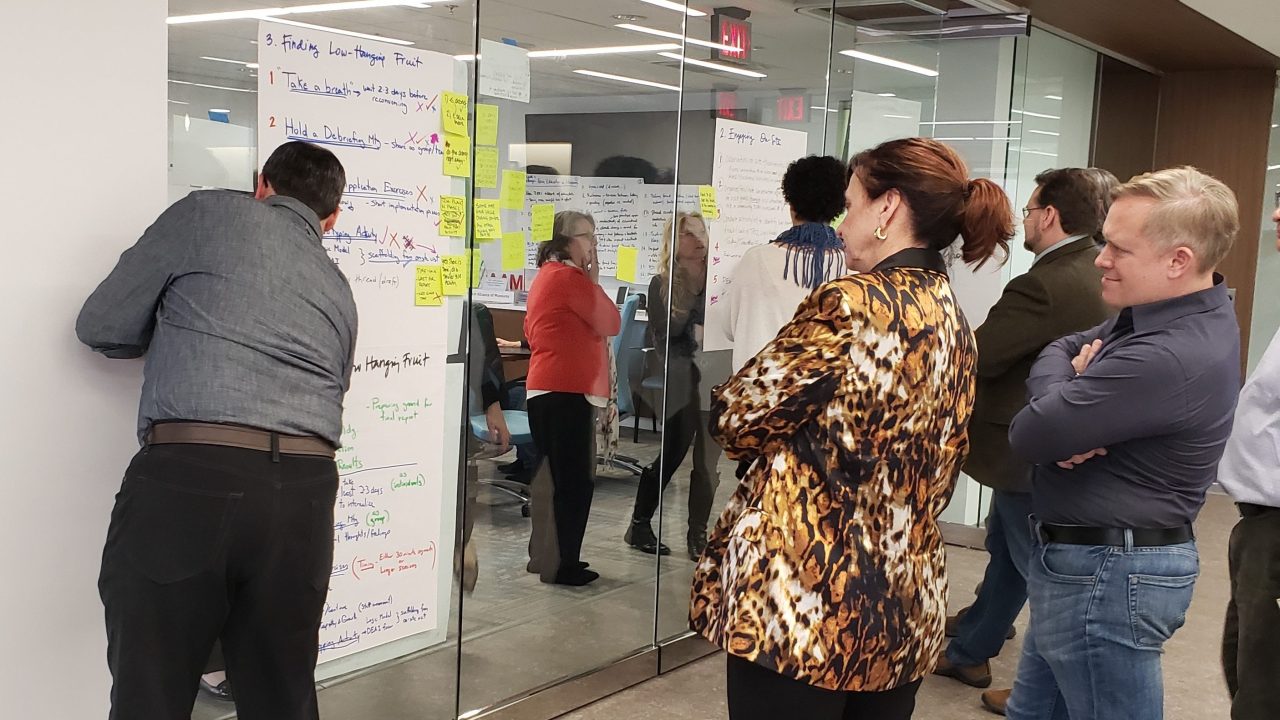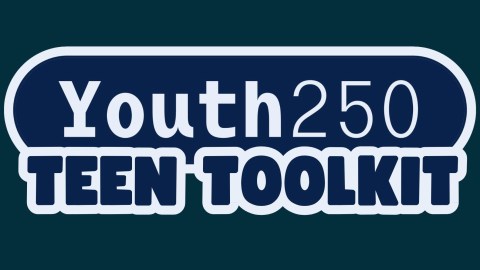
On March 21 and 22, 2019, AAM brought together thirteen experts on museum education for a professionally facilitated exploration of trends, needs, and opportunities in the museum education field. The insights from this convening are informing the design of a new Education & Interpretation Assessment for the Museum Assessment Program (MAP), and helping to ensure the assessment will have maximum positive impact for the participating museums and peer reviewers alike. We asked Robert Forloney, a consultant for cultural institutions and an AAM peer reviewer, to share a bit about his convening experience and his thoughts about this new MAP assessment initiative.
More than twenty years ago, as an education fellow with the Brooklyn Museum, I participated in regular gatherings called “teaching labs” which I found transformative. The teaching labs were dedicated sessions for fellows, senior educators, and education department staff to reflect on the different ways we could become better interpreters. They involved critical analysis of our current practices, investigation of what our colleagues at other institutions were implementing, and a qualitative assessment of program modalities. Most importantly, they provided dedicated time to think about our work and how to better serve our visitors.
I took this process to heart by adopting some of these strategies when I eventually supervised my own education departments at different museums and served on a number of professional boards. In many ways, that experience is also the foundation of why I became a Museum Assessment Program (MAP) reviewer, because the MAP process offers a similar opportunity to reflect, engage with peers in a structured manner, and take a critical look at one’s institutional strengths and weaknesses.
I feel that participating in a MAP assessment is one of the most effective ways an organization can improve how it serves its community while fulfilling its mission. The process helps museums understand how their operations compare to core standards and provides tools, resources, and peer feedback for improvement. The different assessment types (Organizational, Collections Stewardship, and Community Engagement; now joined by Education & Interpretation and Board Leadership) offer opportunities to explore operations through several distinct lenses.
In the past, museums with a particular interest in improving their educational offerings have often participated in a MAP Organizational Assessment, which reviews all areas of a museum’s operations. Education and interpretation have always been crucial to this assessment, but they have had to compete with other areas for attention. When I’ve worked on these assessments, both the staff and I as reviewer have at times wished that there was another platform to more deeply address educational programs, interpretive planning, and visitor engagement. Therefore, I was thrilled when AAM MAP staff notified me about their plans to develop a new assessment for education and interpretation.
To help inform the development of this assessment, the staff convened a group of museum education leaders from around the country for a planning workshop at the AAM offices on March 21 and 22, 2019. Present were executive directors, directors of education and interpretation, museum consultants, and individuals with backgrounds in exhibition development; representing diverse organizations both large and small from all regions of the country. Max van Balgooy, President of Engaging Places, served as facilitator for a series of discussions that included everything from challenges facing education in museums today and how MAP might most effectively address them to embedding diversity, equity, accessibility, and inclusion (DEAI) into the assessment.
It was both humbling and gratifying to assemble with this group of thought leaders to explore how AAM could create an innovative tool and better serve the field. During those two days, it became apparent that each individual brought a distinct experience and viewpoint to the effort. This variety was essential to ensuring that a new MAP assessment could successfully address the different challenges museums might face, given variables such as the region, size, or community in which an institution is situated.
The other major takeaway I had was just how passionate all the participants were about serving their individual communities and contributing to the larger museum education field. It was heartening to see such an assemblage of busy professionals, with significant responsibilities and hectic schedules, drop everything to thoughtfully reflect on contemporary—and likely future—challenges in interpretation. Their cooperation in identifying solutions to assist our colleagues in overcoming these barriers was inspiring. It was like I was back in teaching lab at the Brooklyn Museum, working through solutions and identifying best practices with a like-minded alliance of passionate educators.
I am fully confident that the MAP Education & Interpretation Assessment will prove to be an invaluable asset to a wide variety of museums moving forward. This timely initiative is one that is both wanted and needed by the field. Among other benefits, participating museums will be able to better define their target audiences and align available resources with visitor needs; operate as a twenty-first century museum with a stronger understanding of core standards and best practices that support sustainability; and better design their future exhibitions, programs, events, and other interpretive activities so that museum activities support their mission.
As a peer reviewer, I am greatly looking forward to partaking in my very first MAP Education Assessment in the near future. MAP’s new Education & Interpretation Assessment will be a crucial new tool for museums and will positively impact the broader museum education field.
Read more about the new MAP Education Assessment and the Convening Report.
About the author:
Robert Forloney has more than 20 years of museum experience as an educator, administrator and consultant focusing on museum program development and strategic planning. In addition to teaching at Johns Hopkins University, University of Delaware, and Goucher College; he also actively engages in our field through participation in several associations and programs, including serving as an AAM Peer Reviewer for both the Accreditation and Museum Assessment program.








